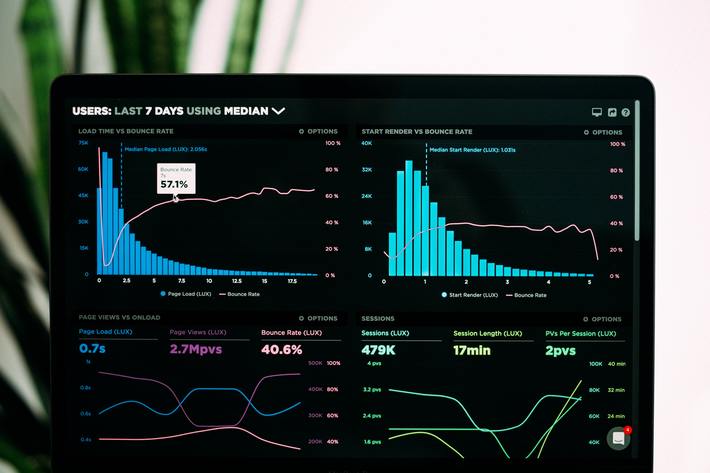
The finance industry generates a huge amount of data. Did you know big data in finance refers to the petabytes of structured and unstructured information that helps anticipate customer behaviors and create strategies that support banks and financial institutions? The structured information managed within an organization enables providing key decision-making insights. The unstructured information offers significant analytical opportunities across multiple sources leads that leads to increasing volumes.
The world generates a staggering 2.5 quintillion bytes of data every single day! Seeing the abundance of data we generate, most businesses are now seeking to use this data to their benefit, including the banking and finance sector. But how can they do that? With big data, of course. Here are some of its many benefits in the context of banks to help you better understand.
- Monitor customer preferences: Banks have access to a virtual goldmine of highly valuable data that is largely generated by customers themselves. As a result, financial institutions have a clear insight about what their customers want, which allows them to offer them better services, products, etc. that are in sync with their requirements.
- Prevent fraud: Since these systems typically involve the use of high-grade algorithms and analytics, banks can benefit immensely in the risk department. This is because such systems can identify even possibly fraudulent activities and deter malicious activities.
Allow us to now walk through some of the key challenges:
- Legacy systems: The mind-boggling amount of data involved in banking operations can easily stress out a banks legacy systems. This is why experts recommend upgrading ones systems before integrating big data.
- Data quality management: Outdated, inaccurate, and incomplete data poses grave challenges, often spoiling the results of analytics, etc. Hence, banks must adopt processes to ensure data is reviewed before it enters the system.
- Consolidation: Banks add a humongous amount of data to their databases every single day, which is then channeled into different systems for better use. However, this can result in data silos and prevent the free flow of data within systems and teams. Hence, it is important to consolidate data immediately.
Finally, let us also take a look at some of its use cases:
- Enhanced user targeting: It is abundantly clear that big data can help banks understand their customers better among other things. One key way to use such insights is by applying them to marketing campaigns, ensuring they are better targeted and thus, primed to deliver better results.
- Tailored services: It is not news that todays customers are, well, extremely finicky and demanding. Now, to win them over and ensure their loyalty, banks are putting big data to work so they can better understand customers, their requirements, etc. This information is then used to tailor the companys offerings and services to achieve better sales and business results.
- Better cybersecurity: Given the abundance of data security risks and threats this sector faces every single day, it ought to come as no surprise that banks are now turning to big data for help. It typically involves the use of real-time machine learning along with predictive analytics on big data to identify risky behavior, reduce risk, etc.
There is not even a shred of doubt that digital transformation in the finance and banking sector has had a significant impact on the world. Thankfully, save for a few challenges, most of these changes have been for the better of, first, the customers and, then, the companies as well. To cut a long story short, any business in this sector that even hopes to thrive will do well to embrace big data and leverage its countless benefits for the business better future.
